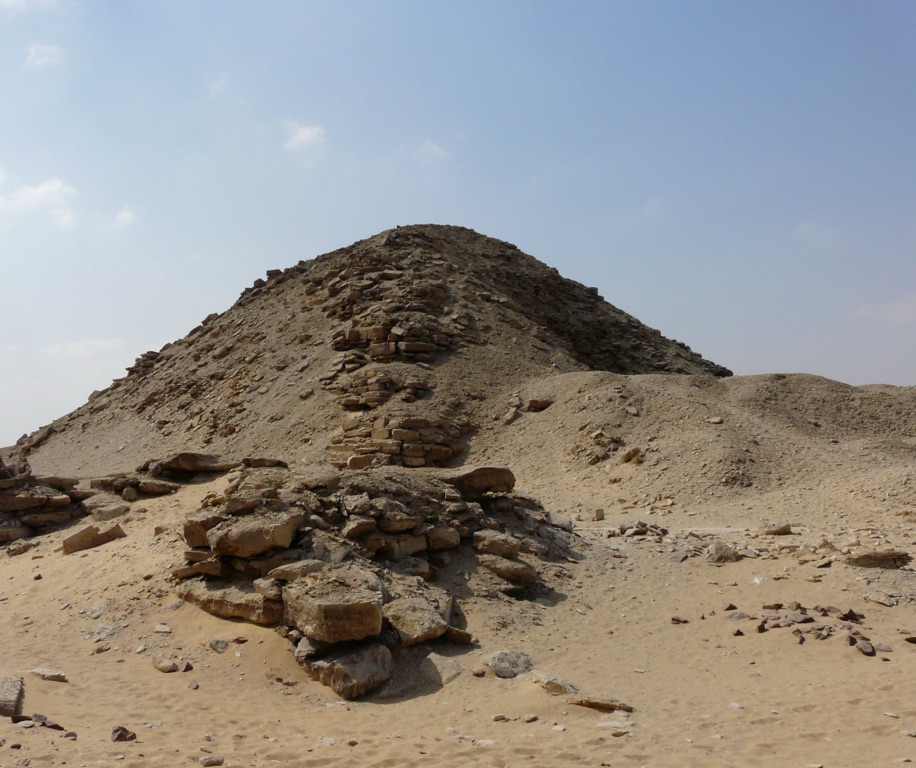The Pyramid of Nyuserre Ini, a landmark in the necropolis of Abusir, stands as an ancient testament to the Fifth Dynasty of Egypt’s Old Kingdom. Constructed as the final resting place of Pharaoh Nyuserre Ini, its grandeur is a reflection of the pharaoh’s influence and the architectural innovations of the era. Though time has taken its toll, the pyramid’s remnants offer insights into the religious and cultural practices of ancient Egyptian civilization, captivating historians and tourists alike.
Pyramids
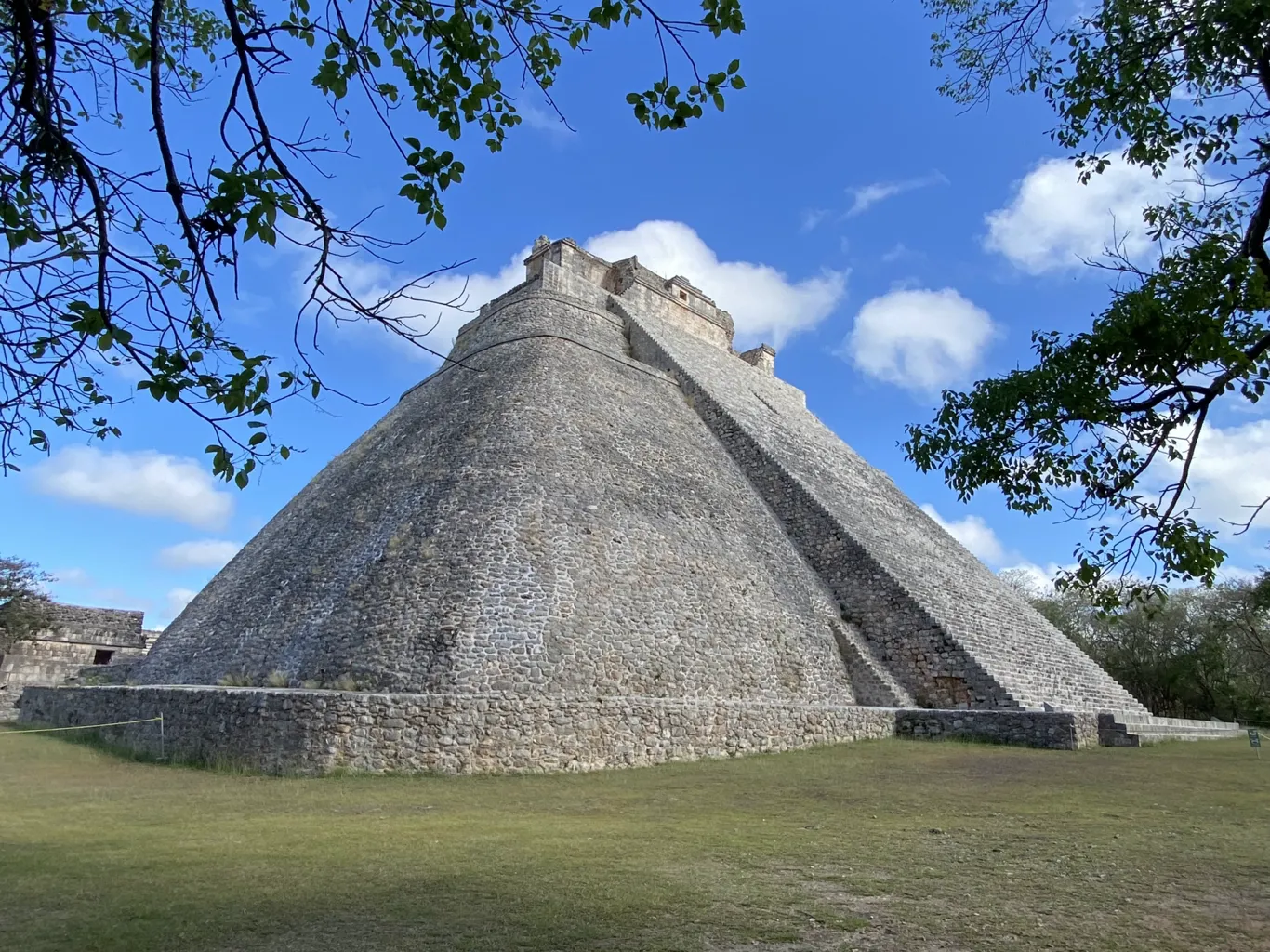
Pyramids are massive, triangular structures that were often used as tombs for rulers. The most famous pyramids are in Egypt, but they were also built in places like Central America. These monumental buildings demonstrate the engineering skills of ancient civilizations.
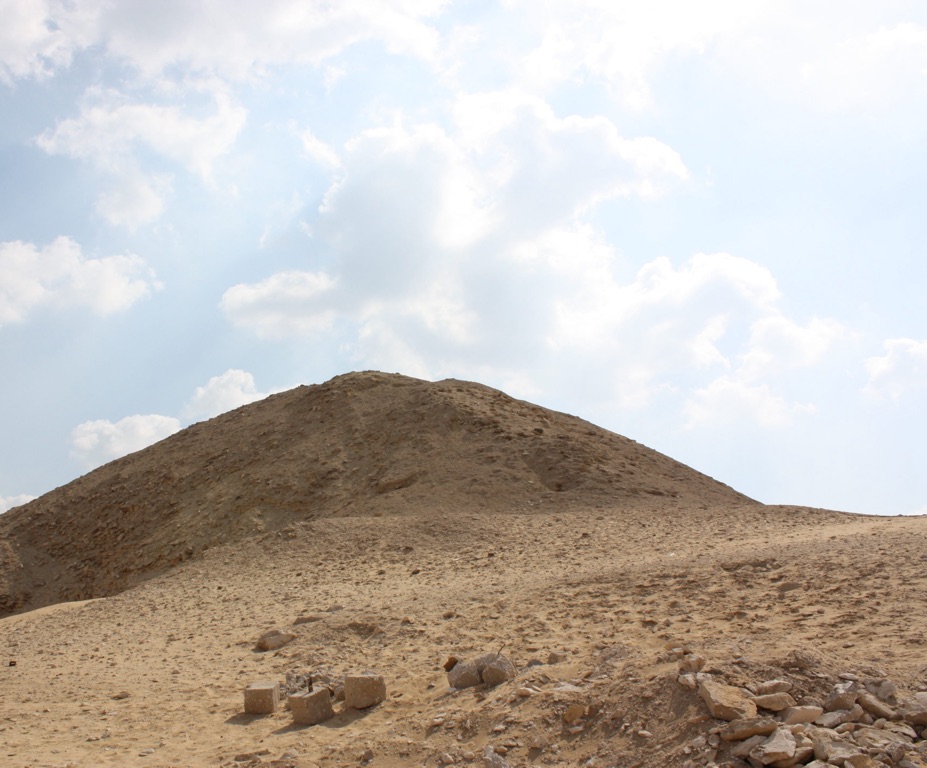
Pyramid of Teti
The Pyramid of Teti is a testament to the ingenuity of ancient Egyptian civilization. As the first pyramid of the Sixth Dynasty in Egypt’s Old Kingdom, the Pyramid of Teti invites history buffs and travelers to explore its corridors. It holds the honor of housing the second-oldest known pyramid texts. Visitors can marvel at hieroglyphic carvings revealing glimpses of life and beliefs from millennia ago. Immerse in a history that has transcended time while wandering through its once concealed chambers.
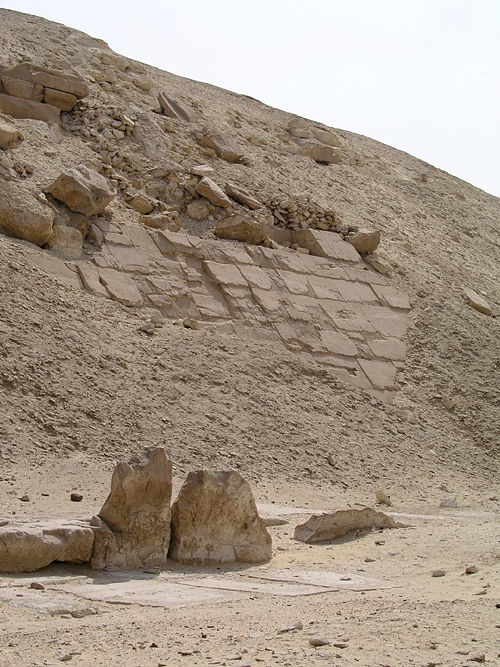
Pyramid of Senusret I
The Pyramid of Senusret I stands as a testament to the architectural prowess of the Middle Kingdom of ancient Egypt. This enduring monument is located in the heart of El-Lisht, near the ruins of the ancient city of Itjtawy. Built for the second pharaoh of the Twelfth Dynasty, Senusret I, the pyramid reflects the period’s innovation in design and construction. Unlike the earlier smooth-sided pyramids, Senusret I’s pyramid featured a core built of mudbricks, encased by fine limestone. This site offers a glimpse into the religious and cultural practices of the time, underlying the pharaoh’s role as both a divine deity and a mortal ruler.
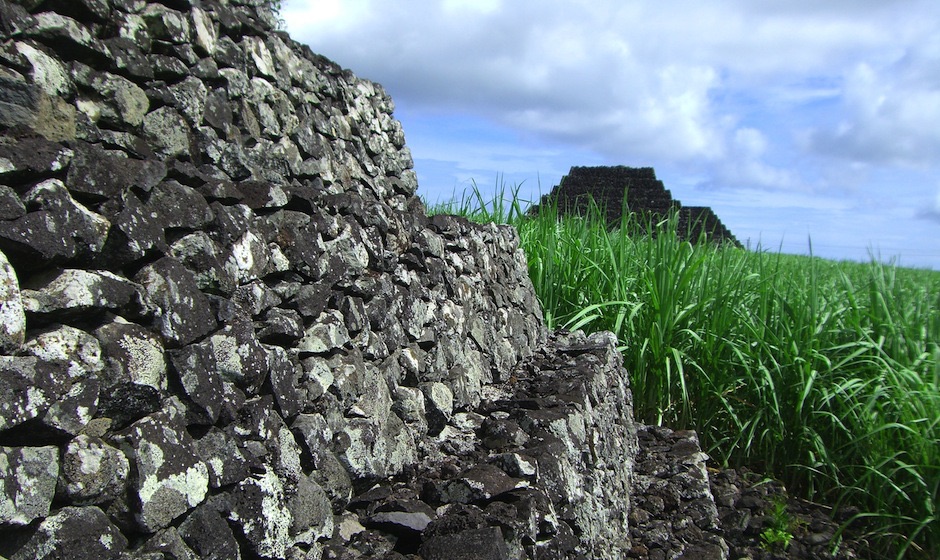
Pyramids of Plaine Magnien
Plaine Magnien, a village in Mauritius, is home to an astonishing historical treasure: a group of pyramids that challenge conventional history. These unique structures are reminiscent of stepped pyramids found in other parts of the world, sparking curiosity and attracting visitors. Built from volcanic rock, each pyramid stands testament to the island’s rich and diverse history which includes influences from African, European, and Asian cultures. Often overshadowed by the fame of Egyptian pyramids, the Plaine Magnien pyramids offer a unique glimpse into the island’s past, inviting tourists and scholars alike to explore theories surrounding their origin.
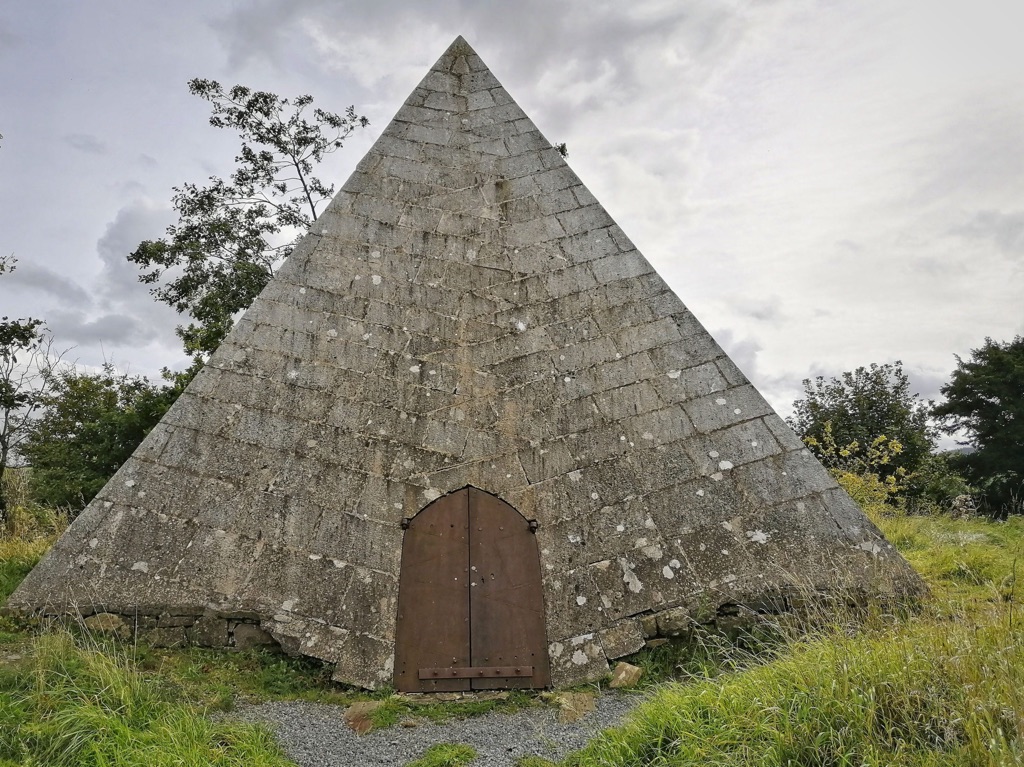
Kinnitty Pyramid
Nestled in the serene Irish countryside, the Kinnitty Pyramid stands as a unique monument shrouded in history. Found within the graveyard of St. Finnian’s Church, this 30-foot-tall pyramid is a striking presence. Built in 1834 by the Bernard family, local gentry of the time, its purpose remains a source of intrigue. Unlike the grand mausoleums or lavish burial chambers of ancient rulers, the Kinnitty Pyramid is modest yet mystifying, compelling visitors to dive into its past.
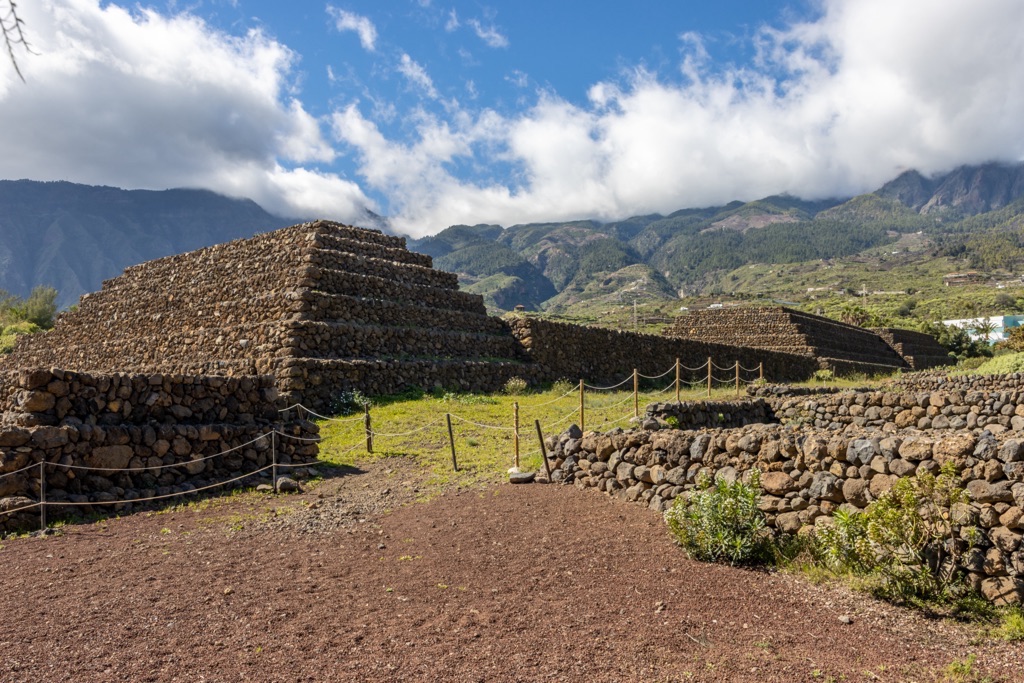
Pyramids of Güímar
The Pyramids of Güímar stand as a captivating enigma in the Canary Islands, beckoning historians and tourists alike. Their precise origin remains a puzzle, generating intrigue around the world. Some theories suggest they were random stone heaps made by farmers clearing the land. However, Thor Heyerdahl, a notable explorer, argued that their careful construction aligns with astronomical phenomena; hence, they might have sacred significance. The pyramids exhibit a meticulous step design, which is not typical for mere agricultural byproducts. This suggests a deliberate human effort, possibly with ceremonial purposes, adding to the site’s mystique.

